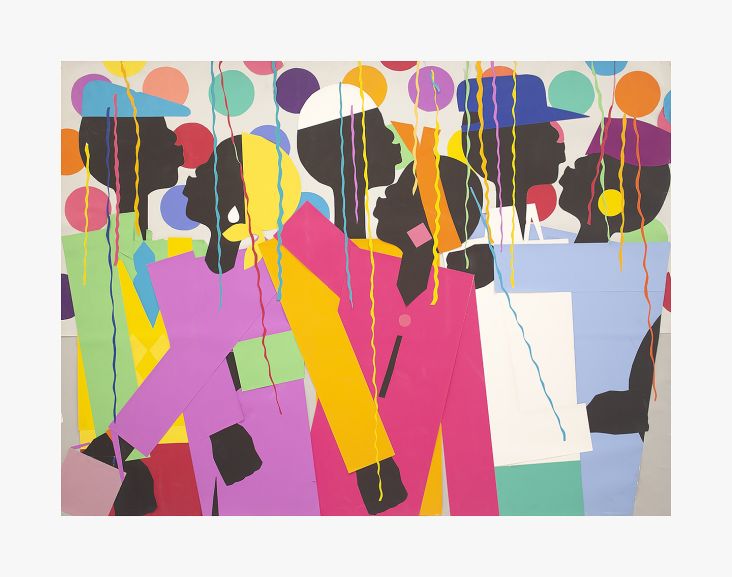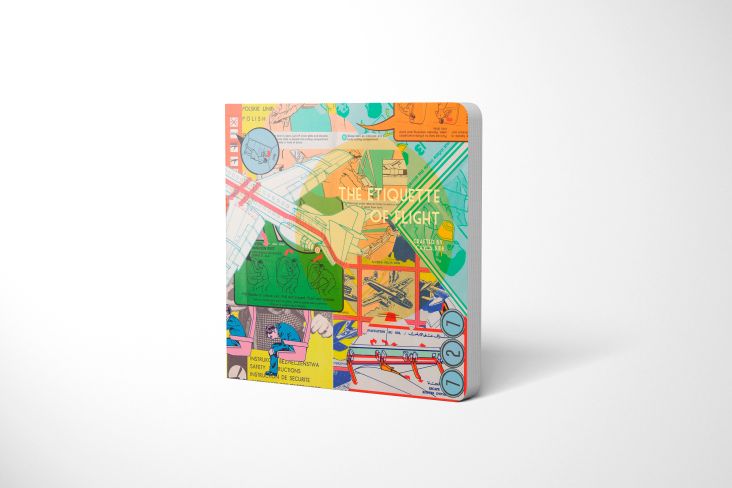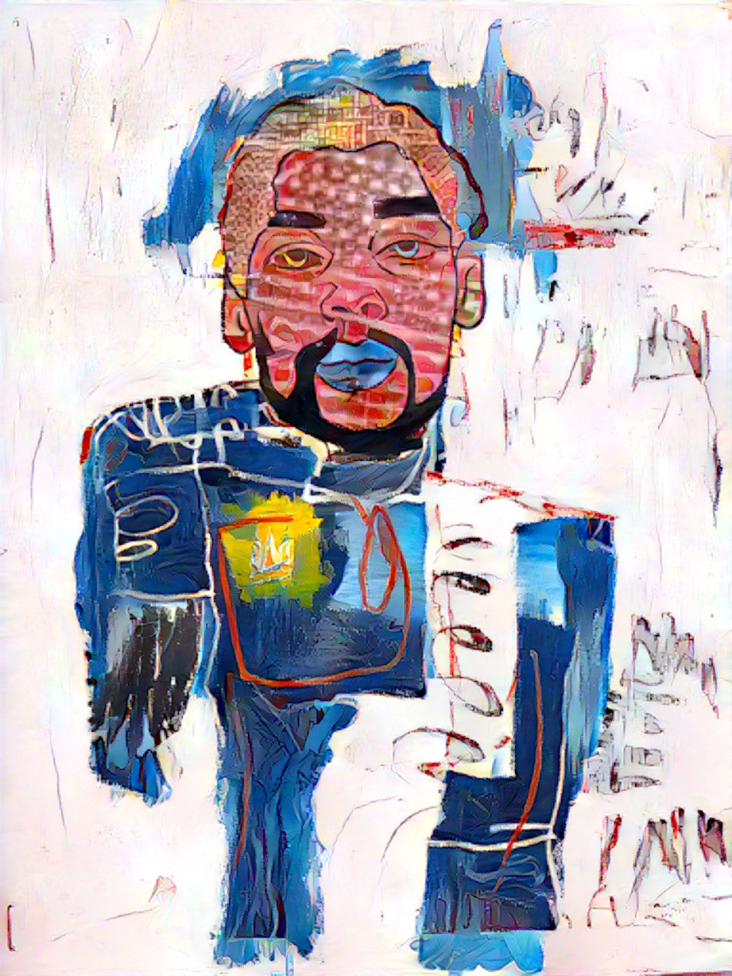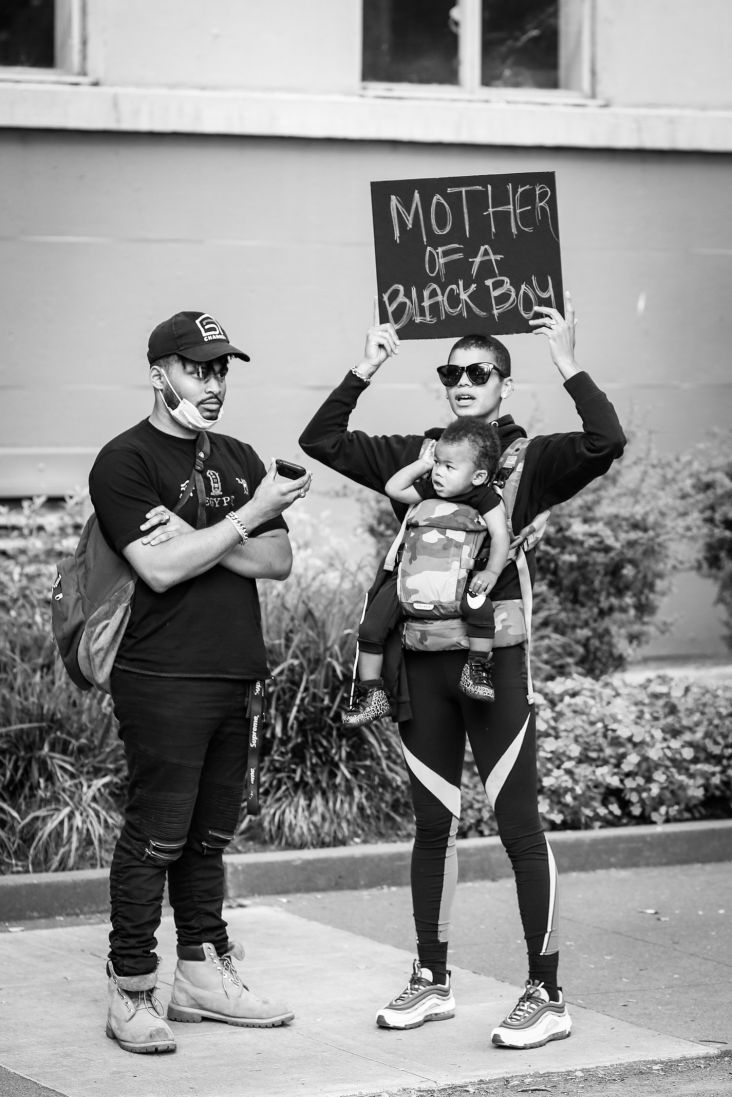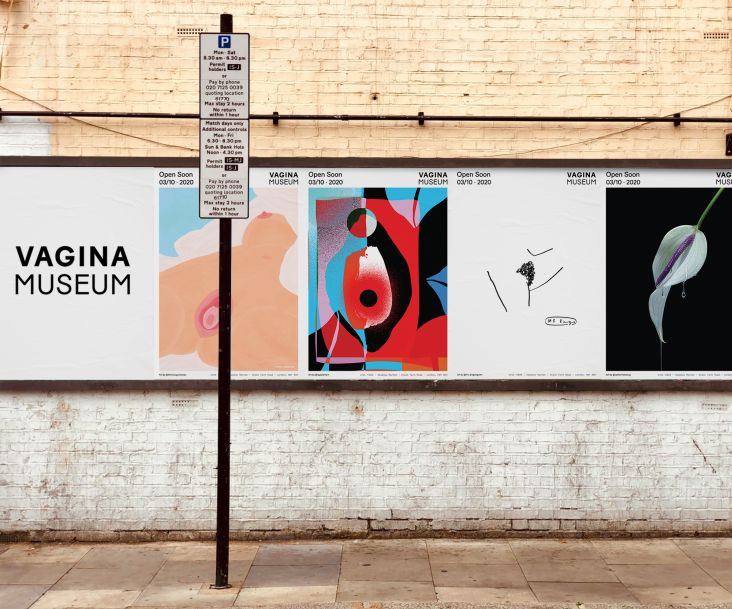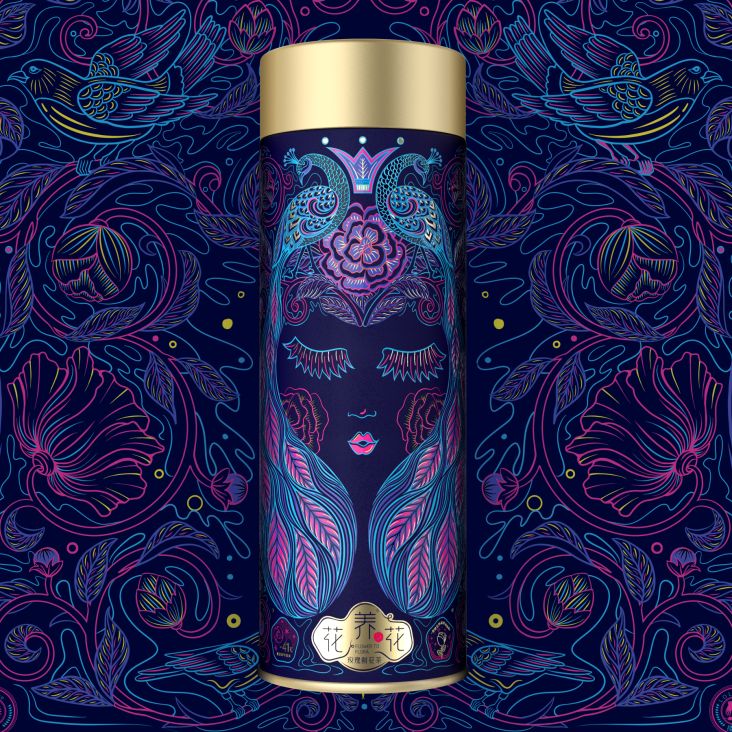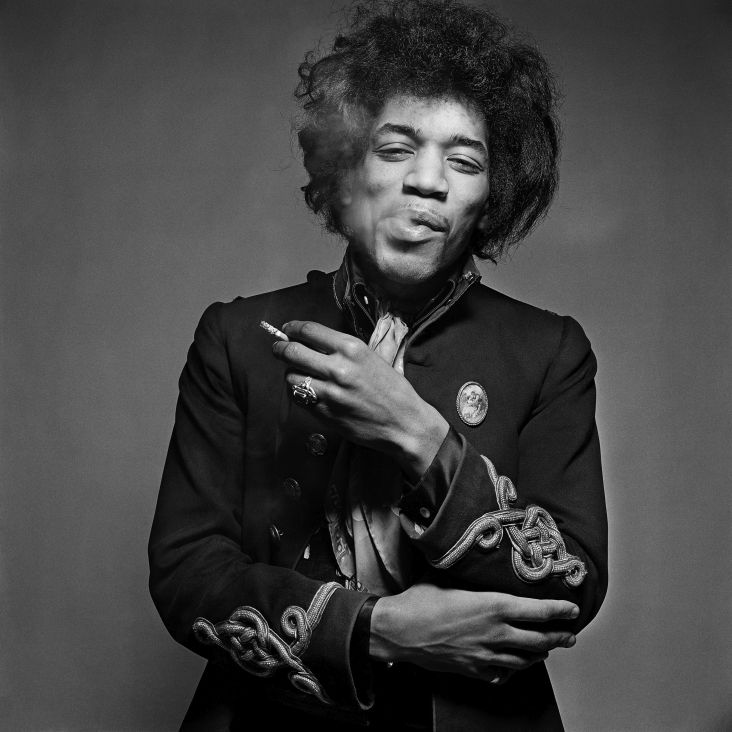Mohamed Bourouissa scoops top prize for an installation first shown across an entire French supermarket
The French-Algerian artist Mohamed Bourouissa has won the Deutsche Börse Photography Foundation Prize 2020, for his project, Free Trade, which was first exhibited across an entire floor of a Monoprix supermarket as part of last year's Rencontres d'Arles photography festival.
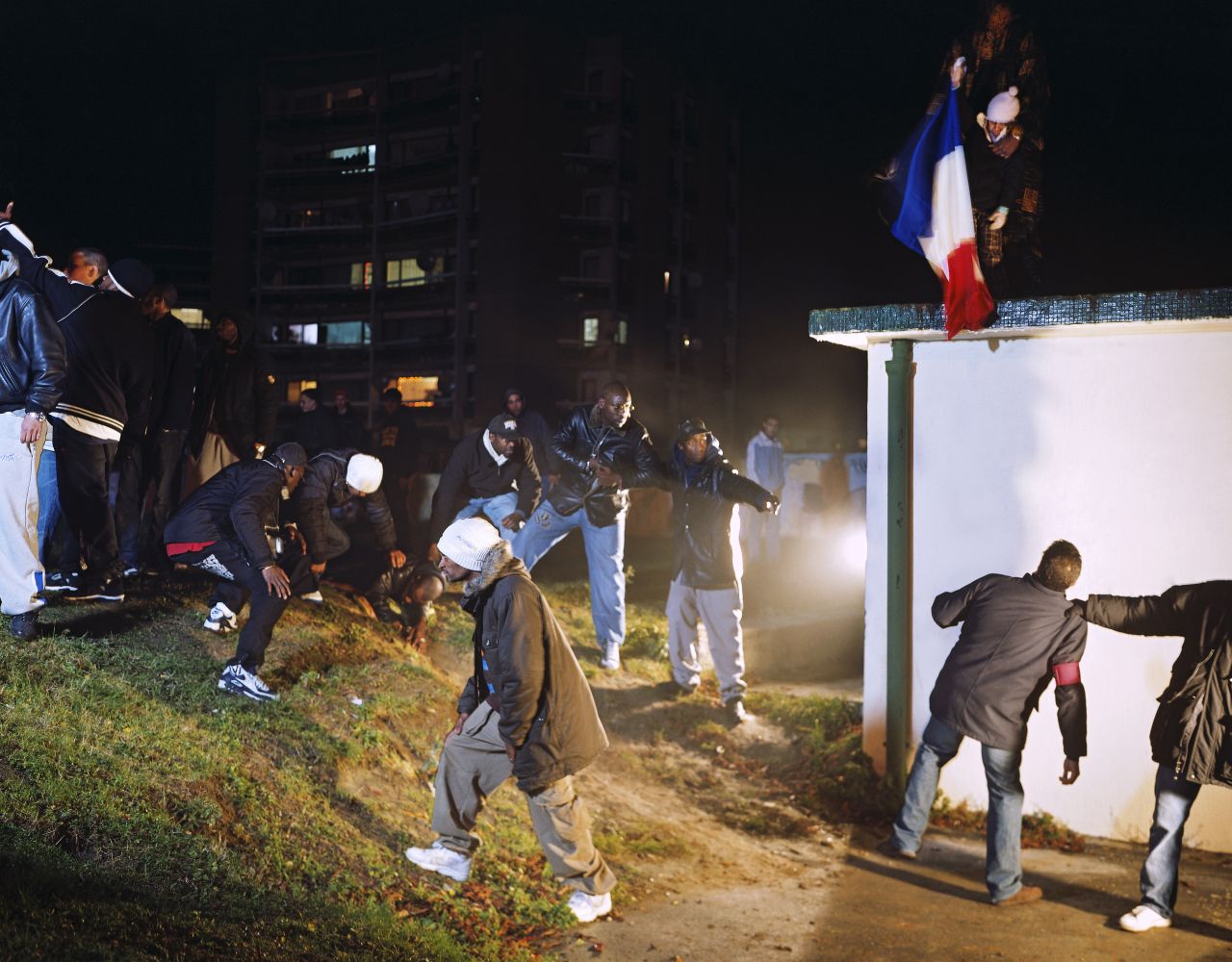
Mohamed Bourouissa La République, 2006 From the series Périphérique © Mohamed Bourouissa, Kamel Mennour, Paris & London and Blum & Poe, Los Angeles
Through photography, video, painting and sculpture, Bourouissa's work focuses on the marginalised communities of France's cities along with the invisible tensions and cultural divisions they face.
Brett Rogers, director of The Photographers' Gallery and the jury chair, described Bourouissa's work as "phenomenal" and that it would be "impossible not to consider this year's award announcement through the lens of the Covid-19 pandemic, and the many deep-rooted social, economic, racial and political injustices it has exposed and amplified."
He adds: "As we begin the urgent reassessment of our current systems and values, it feels especially fitting to pay tribute to the many artists, who do so much to challenge both our assumptions about the world and the actions we take to address them. This feels especially true of this year's shortlist, whose projects – individually and collectively – are truly of their time."
Free Trade featured many of Bourouissa's projects from the last 15 years, the first of which, Périphérique (2005-2008), subverts the common stereotypes of youths living in the infamous banlieues of Paris. Also included is a project documenting the practice of cigarette smuggling at a Paris subway station; as well as a work that repurposes Polaroid photos of people caught stealing everyday items from a supermarket. In a later project, Bourouissa uses augmented reality to create virtual sculptures representing the forgotten and faceless "army of the unemployed". While the video Temps Mort (2009) depicts the daily routines of a prisoner, connected via phone to the artist, it conveys the delicate exchange between both individuals as the confrontation between life inside and outside intensifies.
"Bourouissa seems highly aware both of the expectation that his work should authentically represent the banlieues, and the reality that they are bought and sold on the art market, far from the world they depict," writes Cécile Bishop in the exhibition catalogue: "Through his work, he redirects the circulation of images (and money) so that his subjects become active collaborators in making – and selling – works of art."
Says Bourouissa of his work: "When I was in school I learned about the history of art, but that didn't introduce other aspects of my home culture or leave traces of the people around me, so later I decided to try to bring my home culture into the history of art. For me, it's about the idea of integration – how we can integrate our own histories into that one."
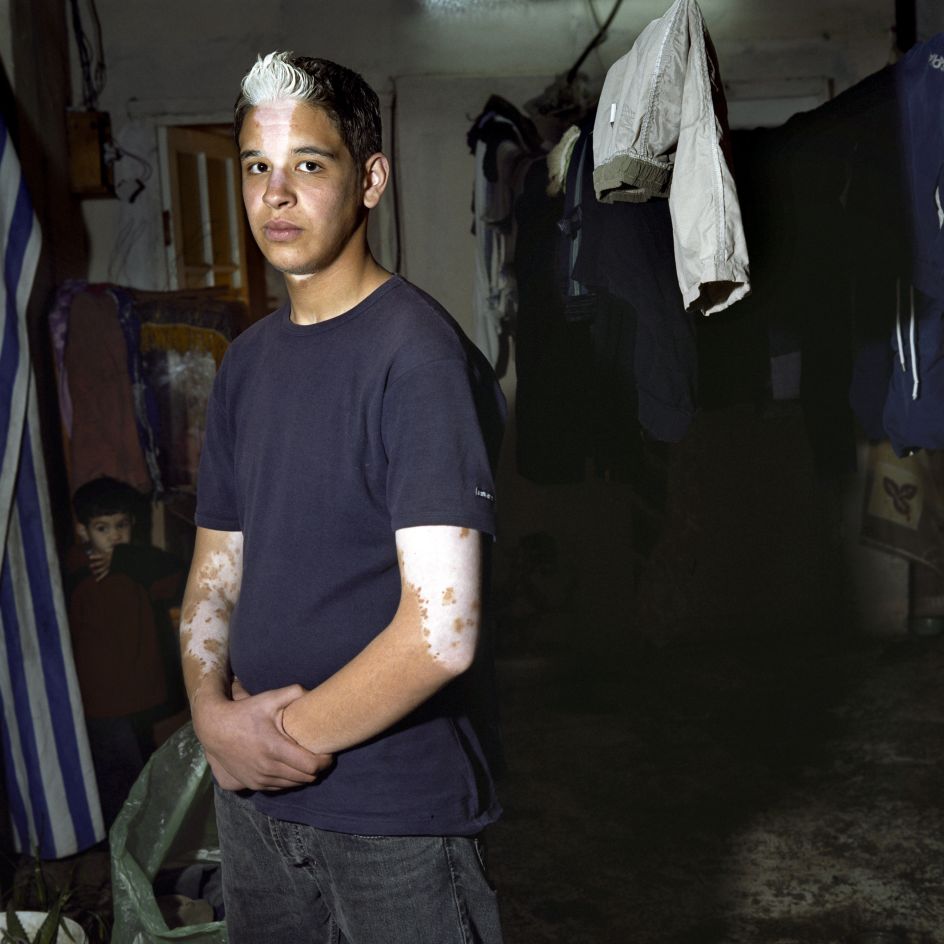
Mohamed Bourouissa BLIDA 2, 2008 © Mohamed Bourouissa, Kamel Mennour, Paris & London and Blum & Poe, Los Angeles
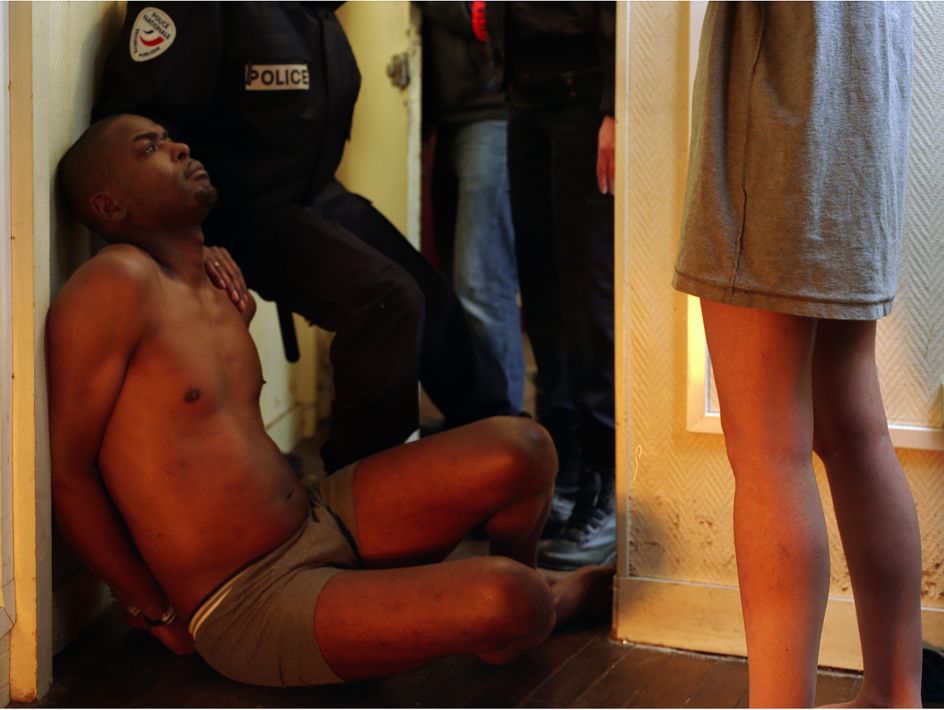
Mohamed Bourouissa La Prise, 2008 From the series Périphérique © Mohamed Bourouissa, Kamel Mennour, Paris & London and Blum & Poe, Los Angeles
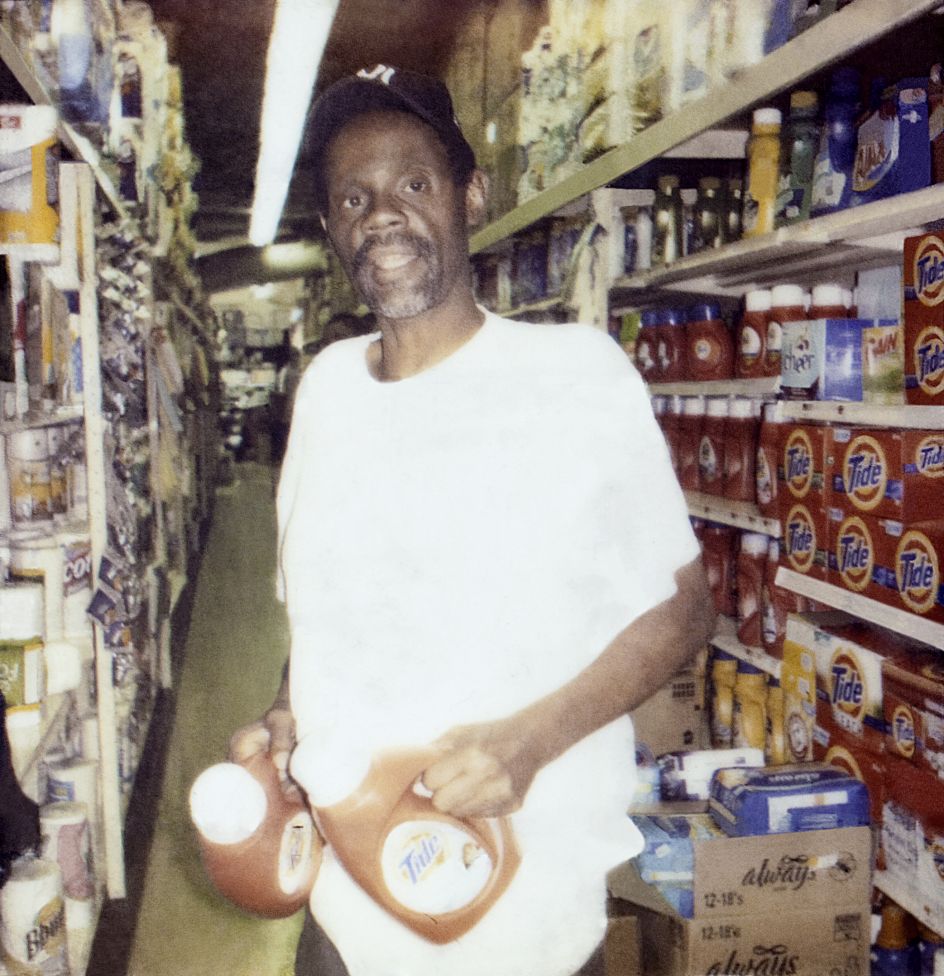
Mohamed Bourouissa Unknown #15 From the series SHOPLIFTERS, 2014 © Mohamed Bourouissa, Kamel Mennour, Paris & London and Blum & Poe, Los Angeles
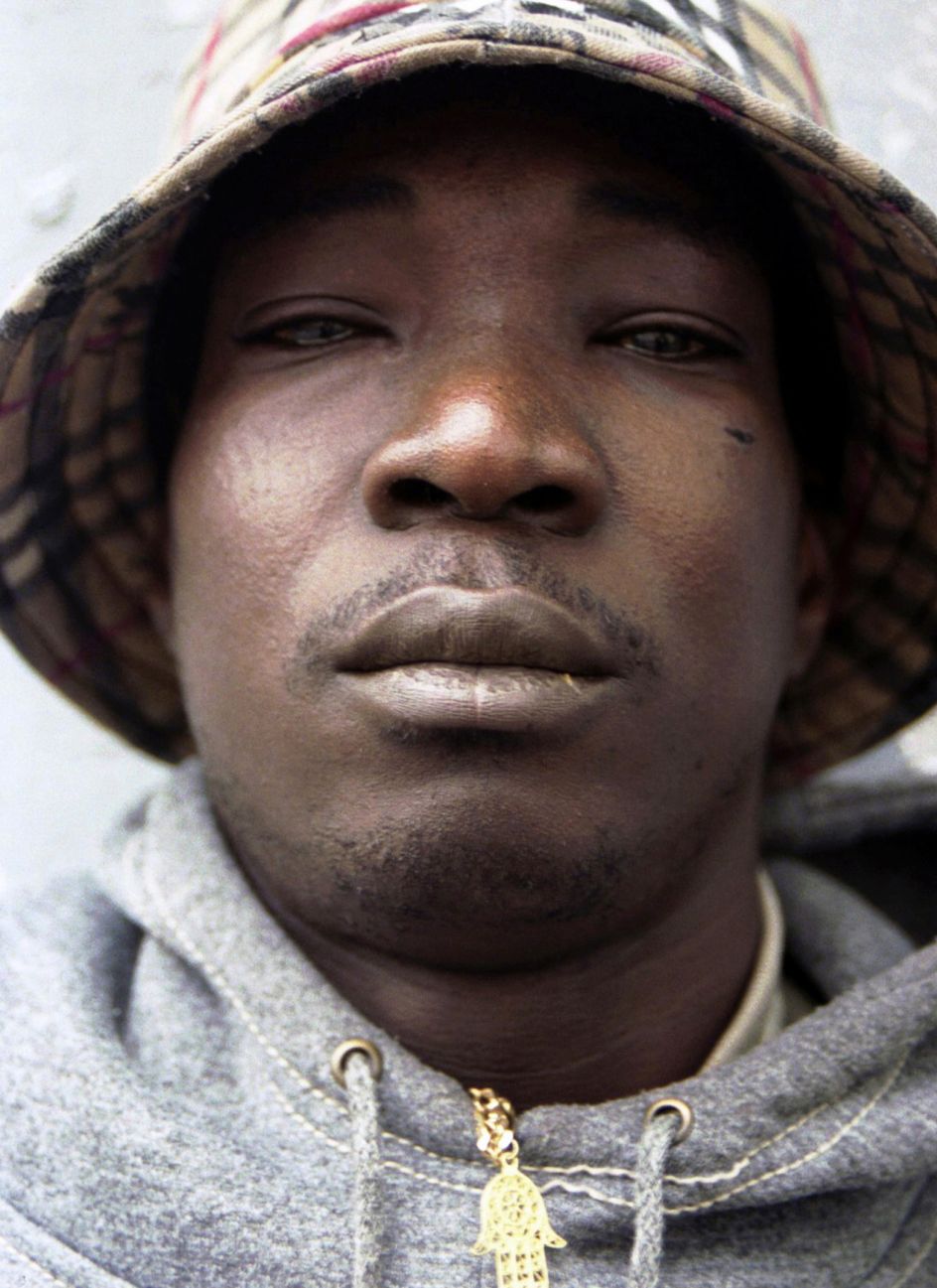
Mohamed Bourouissa NOUS SOMMES HALLES, 2002-2003 In collaboration with Anoushkashoot © Mohamed Bourouissa, Kamel Mennour, Paris & London and Blum & Poe, Los Angeles
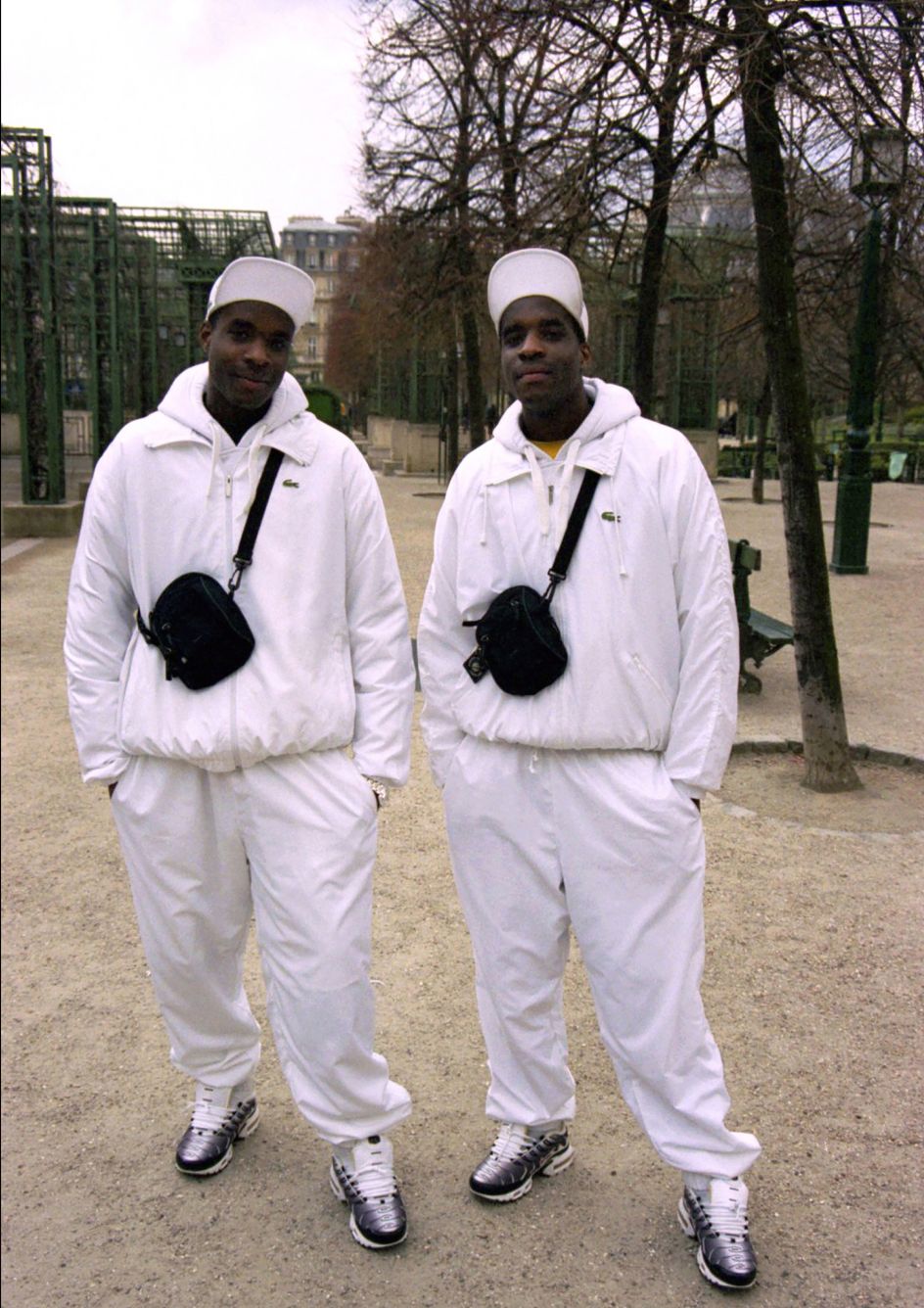
Mohamed Bourouissa NOUS SOMMES HALLES, 2002-2003 In collaboration with Anoushkashoot © Mohamed Bourouissa, Kamel Mennour, Paris & London and Blum & Poe, Los Angeles




 by Tüpokompanii](https://www.creativeboom.com/upload/articles/58/58684538770fb5b428dc1882f7a732f153500153_732.jpg)


 using <a href="https://www.ohnotype.co/fonts/obviously" target="_blank">Obviously</a> by Oh No Type Co., Art Director, Brand & Creative—Spotify](https://www.creativeboom.com/upload/articles/6e/6ed31eddc26fa563f213fc76d6993dab9231ffe4_732.jpg)








